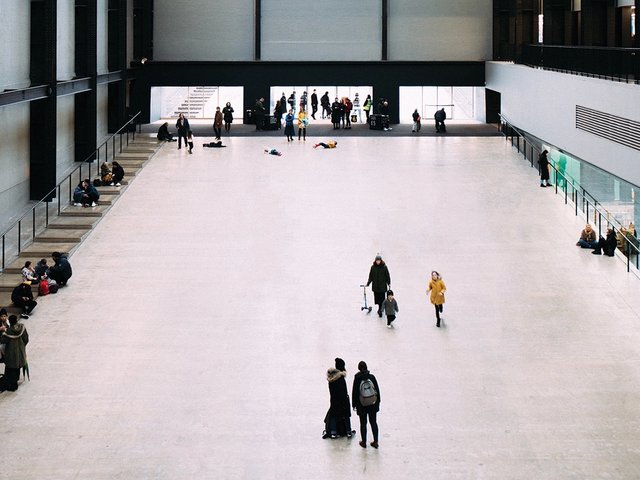The Cézanne show at the Tate Gallery, which closed on 28 April, attracted a record 408,608 visitors (plus about 15,000 at evening functions), generating a profit which could be up to £1 million.
Visitor numbers were considerably larger than for the Tate’s Constable show in 1976 (313,000) or Picasso in 1994 (296,000). With the exception of the 1990 Monet blockbuster at the Royal Academy (658,000), “Cézanne” has been the most popular ticketed art exhibition in the UK for decades. Although the earlier showing of the Cézanne retrospective in Paris attracted 642,000 visitors, the Grand Palais had a slightly longer run, longer opening hours and space to accomodate more people.
The Tate has not yet calculated the financial results of “Cézanne”, but in the meantime The Art Newspaper has produced its own estimates. Tickets were priced at £7 and £4 (for concessions). If a quarter of the visitors entered free (Friends of the Tate and children), a quarter at the concession rate and the remaining half at the full price, this would have generated total ticket income of nearly £2 million.
The number of catalogues sold was 23,000 in paperback (priced at £28 each in the exhibition) and 2,000 in hardback (costing £50 each), with the Tate’s Interpreting Cézanne illustrated booklet selling 36,000 copies at £7.95 each. These publications therefore produced a retail income of just under £1 million, of which about one-fifth may have been profit. In addition, postcards and other publications would have added to the revenue as well as the “substantial” increase in income from the café and restaurant during the exhibition.
In order to avoid the lengthy queue for tickets, some visitors joined the Friends of the Tate, which offered free entry for two. As a result, the number of Friends nearly doubled during the eleven weeks of the show, from 13,000 to 24,000. These new members, who have paid £35 each a year, will bring in nearly £400,000 in 1996 alone (although this is not all profit, since Friends receive certain benefits).
The exhibition sponsors were Ernst & Young, who sponsored the highly successful Picasso show two years ago. The sponsorship figure has not been revealed, but it is likely to have been in the region of £500,000.
According to our calculations, “Cézanne” probably brought in over £3 million in extra income. However, at least £2 million of this must have been swallowed up in the cost of mounting the exhibition, including transport, hanging, publicity, ticket sales and extra warding, resulting in an overall profit of about £1 million.
The profits from the “Cézanne” show will go into the Tate’s general coffers, but the extra money will be particularly welcome to help fund a new store at the Bricklayers Arms warehouse in Southwark. This will eventually replace the existing store in Acton and conversion costs will amount to several million pounds. Work is already underway and the first phase of the Southwark project should be completed later this year.
The Cézanne retrospective has now moved to the Philadelphia Museum of Art, where it runs until 1 September. A museum spokesman said that the exhibition is expected to attract up to 500,000 visitors.
o The long awaited Cézanne catalogue raisonné by John Rewald is to be published in December. Rewald had been working on the study for several decades and shortly before his death in 1994, he asked Jayne Warman and Walter Feilchenfeldt to help in its completion. The Paintings of Paul Cézanne will list 954 paintings, 115 more than the Venturi catalogue of 1936. The publishers are Abrams in New York ($400) and Thames and Hudson in London.
According to advance details provided to The Art Newspaper, the new catalogue will include Feilchenfeldt’s comments on the authenticity of works once owned by Paul Gachet, the friend of the Impressionists who lived in Auvers-sur-Oise. Feilchenfeldt questions seven of the Cézannes once owned by Gachet, saying that although they were accepted by Rewald (and are included in the new catalogue) he believes that they should be subjected to “further critical examination”. Among these is “Still-life with medallion” now in the Musée d’Orsay.



